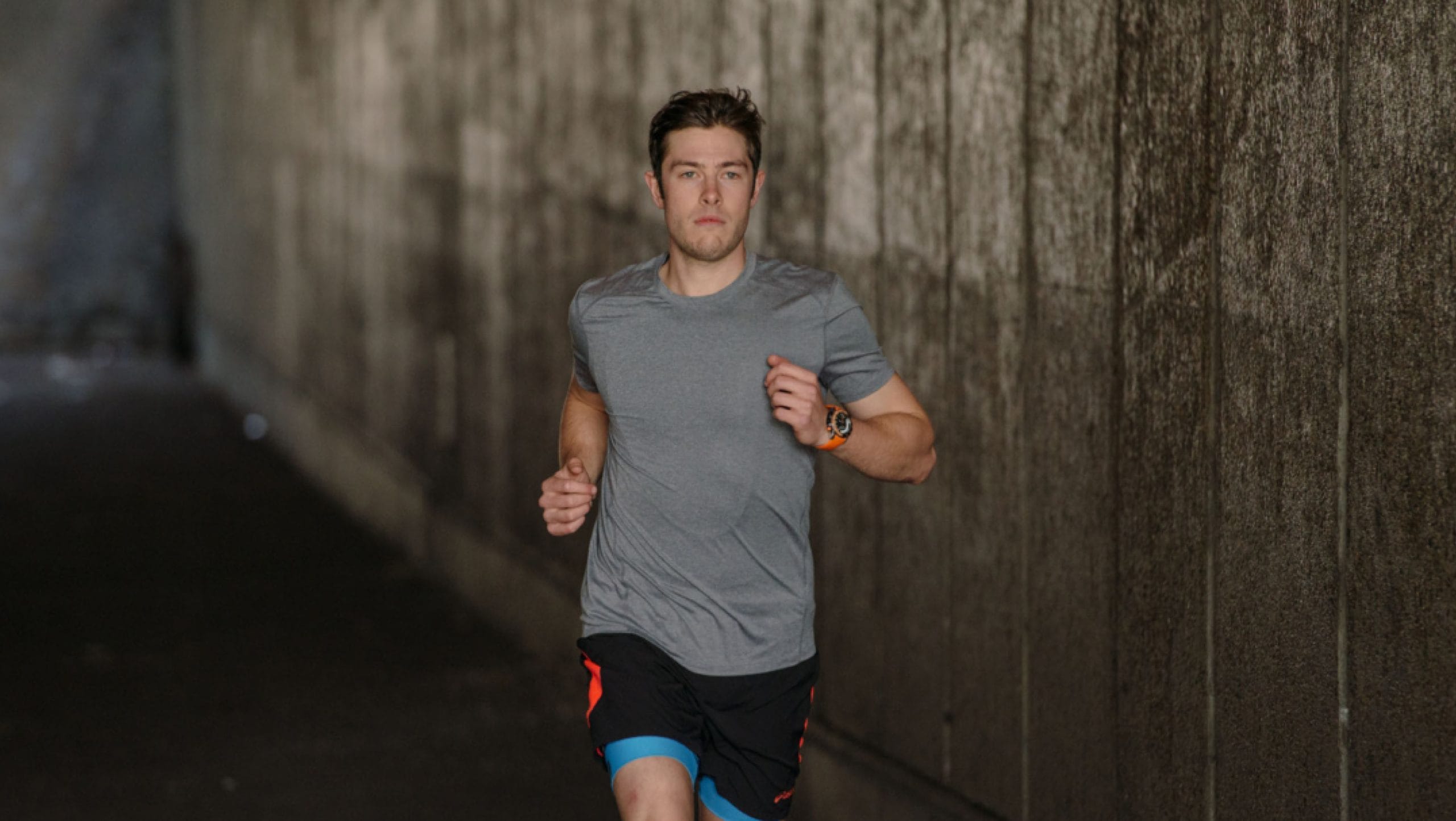Tibialis Posterior: Pain On The Inside Of The Ankle

Pure Sports Medicine
- 25 August, 2020
- Physiotherapy
- 4 min read
If you have suffered with a building pain on the inside of your ankle, the tibialis posterior muscle that starts at the back of the tibia (shin bone) and travels along the inside of your ankle turning from muscle into tendon, can often be the cause of your ankle pain.

After the new year, the usual January motivation brought an increase in runners into the community, as well as our regular daily outings during lockdown. Couch to 5k will have been accessed, no doubt and the attendance of the local park run.
With this increase, we find individuals can experience discomfort in numerous places, especially new runners or those who have had time out (whether for injury or choice) and are returning after a break; this blog will focus on the ankle joint and provide some early signs of what to look for.
Of course, injuries can be as individual as you are, so if you think you may have sustained an injury, it is essential you get an assessment. There could be other reasons for your ankle pain, and so we need to ensure an accurate diagnosis to then plan the best treatment plan.
What is the Tibialis Posterior?
The tibialis posterior muscle is a key stabilising muscle located deep in the lower leg, running along the inside of the shin. It originates from the posterior surface of the tibia (shin bone) and fibula, as well as the interosseous membrane between them. From there, it travels downwards and curves behind the medial malleolus (the bony bump on the inside of the ankle), where it transitions from muscle fibres into a strong, cord-like tendon.
This tendon continues into the foot, attaching primarily to the navicular bone and medial cuneiform, with smaller slips extending to other midfoot bones. Its positioning and attachments make it one of the most important structures for maintaining the integrity of the foot’s medial longitudinal arch.
Functionally, the tibialis posterior tendon acts like a dynamic support strap for the arch. During walking, running, or jumping, it contracts to control the rate at which the arch lowers toward the ground (pronation). By pulling on the navicular and surrounding bones, it “locks” the midfoot into a more rigid position when needed—such as during push-off—providing stability, power transfer, and protection from excessive strain. Without adequate tibialis posterior function, the arch can collapse, leading to flatfoot deformity, altered gait mechanics, and secondary injuries higher up the leg.

How do I know the Tibial Nerve is injured?
The tibialis posterior tendon injury is described as a dysfunction (PTTD) and is classified in 4 stages. In this article, I will focus on stage 1. Stage 1 can feel like a dull ache on the inside of your foot. This ache can be present in the morning and after periods of activity. If the tendon has been overloaded, you can experience sharp pain in the arch of the foot. The symptoms may start as a subtle pain or dull ache on the inside of the ankle and progress in intensity over time.
The pain can be reported as a line along the outside of the medial malleolus, the bone on the inside of the ankle. Waking first thing in the morning or taking the first few steps of a run can be particularly painful. Once the tendon warms up, your pain may improve. Pain can also be present when attempting to raise your heel from the ground and hop.
When a person begins a new sport or activity, this can overload the tendon, causing a change in the tendon health, and a process called tendinopathy occurs. This process is a change in the way the tendon heals after activity. When this occurs, we need to ensure that we load the tendon appropriately; this can be specific to the tibialis posterior compartment or muscles above the tendon, which involves strengthening the muscles in your hamstring, quadriceps and glutes.

How do we manage the condition?
The control of the arch is enhanced by the strength of not only the tibialis posterior surface but also the muscles higher up in the hip. At Pure Sports Medicine, we have the advantage of working in a multidisciplinary team, and so can utilise the knowledge of our onsite Podiatrist who can offload the tendon.
Sports and Exercise Medicine Consultants can provide advice on any further investigations or scans that may be applicable. Once we have reduced the symptoms, we can collaborate with the Strength and Conditioning Coaches to build an in-depth strength programme related to your sport or lifestyle; it is important to build strength around the injured area once pain has decreased or gone entirely.
Physiotherapy intervention at Pure Sports Medicine will involve:
- Discussion around your injury history
- Assessment of your strength
- Identification of your Plyometric strength
- Examination of your balance and control
- A plan to prevent the recurrence of the injury and enhance performance
The tibialis posterior tendon injury (PTTD) will benefit from a multidisciplinary approach with strengthening exercises to prevent the symptoms from progressing and provide immediate symptom relief.
If you are experiencing ankle pain and would like to speak to one of our expert Physiotherapists, please contact us.

Advice
Over the last 20+ years our experts have helped more than 100,000 patients, but we don’t stop there. We also like to share our knowledge and insight to help people lead healthier lives, and here you will find our extensive library of advice on a variety of topics to help you do the same.
OUR ADVICE HUBS See all Advice Hubs

